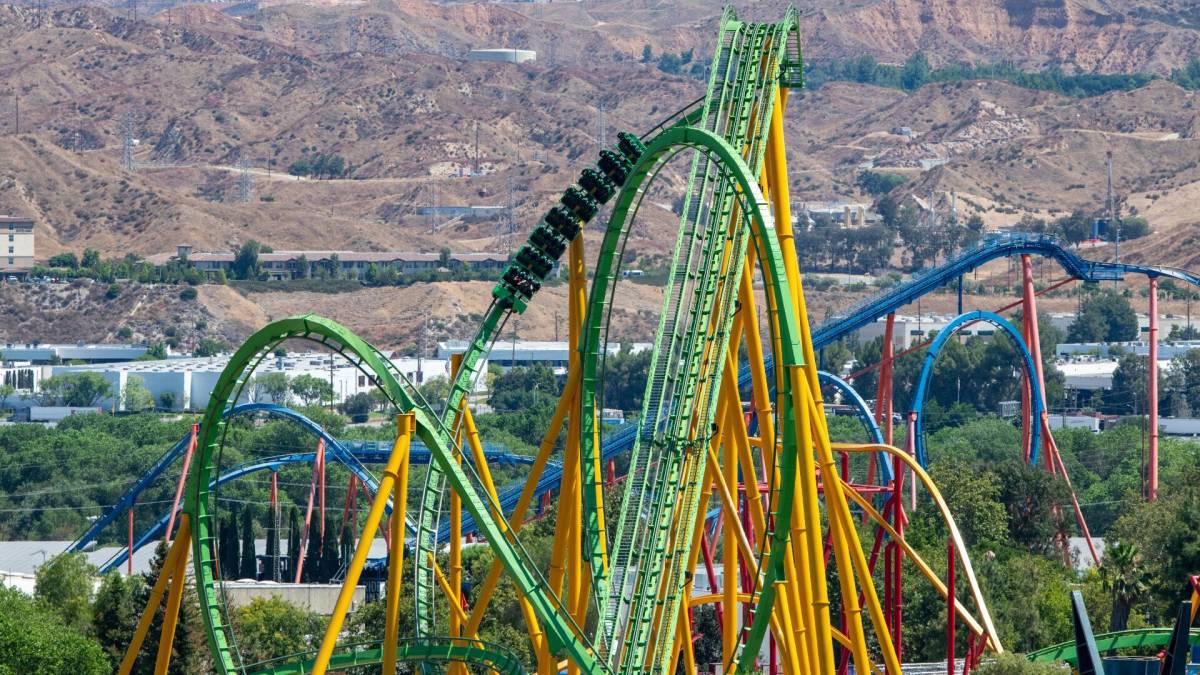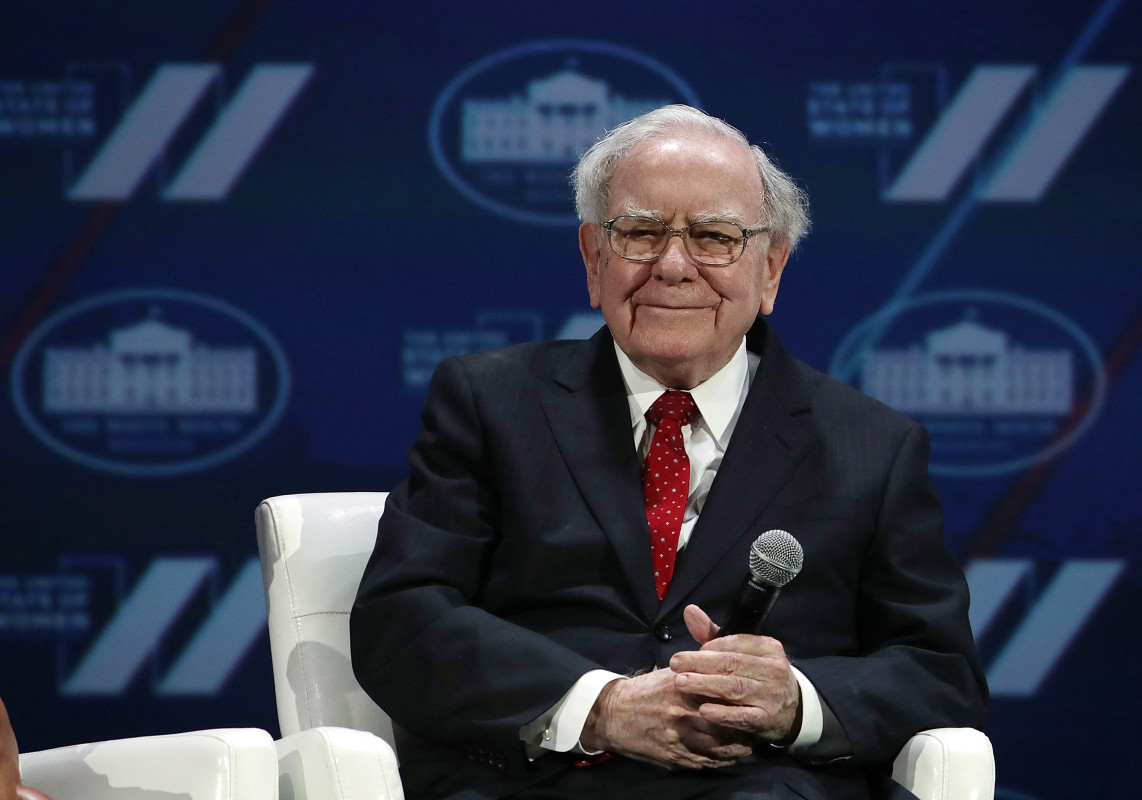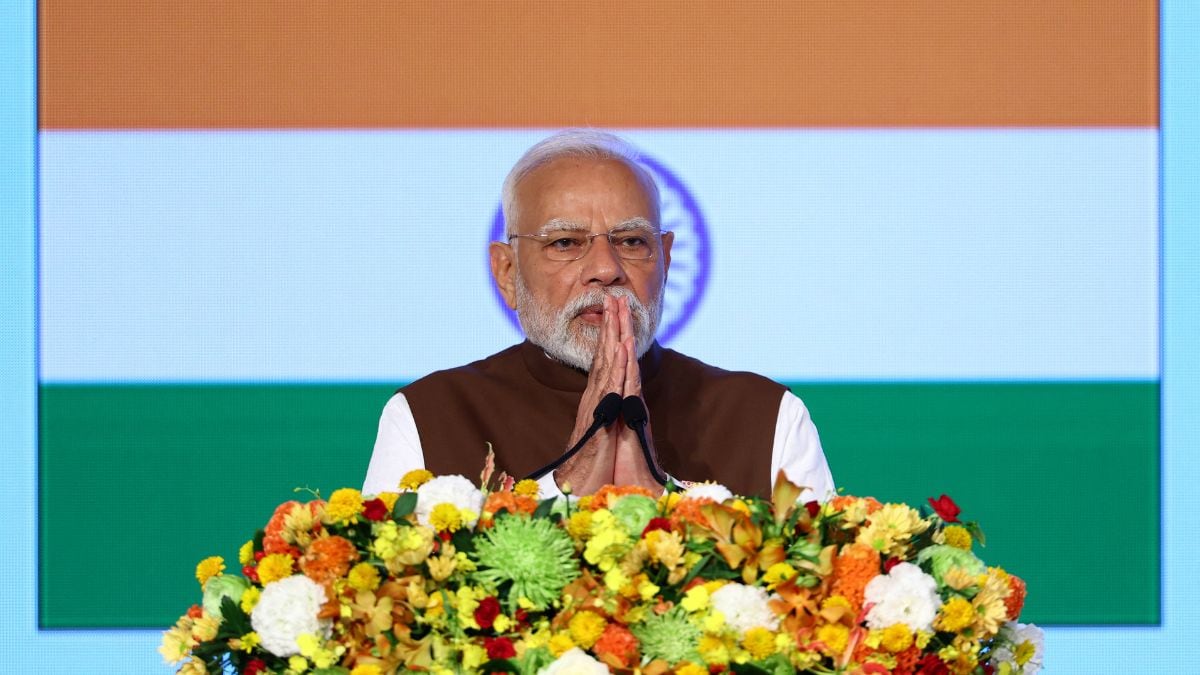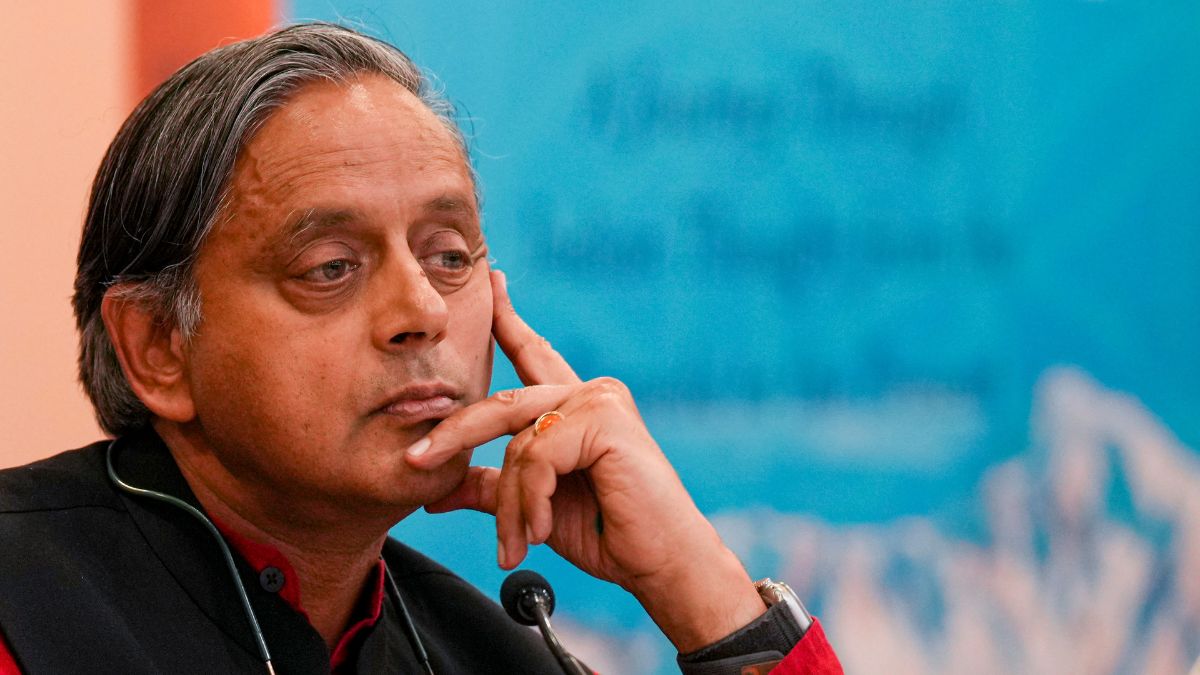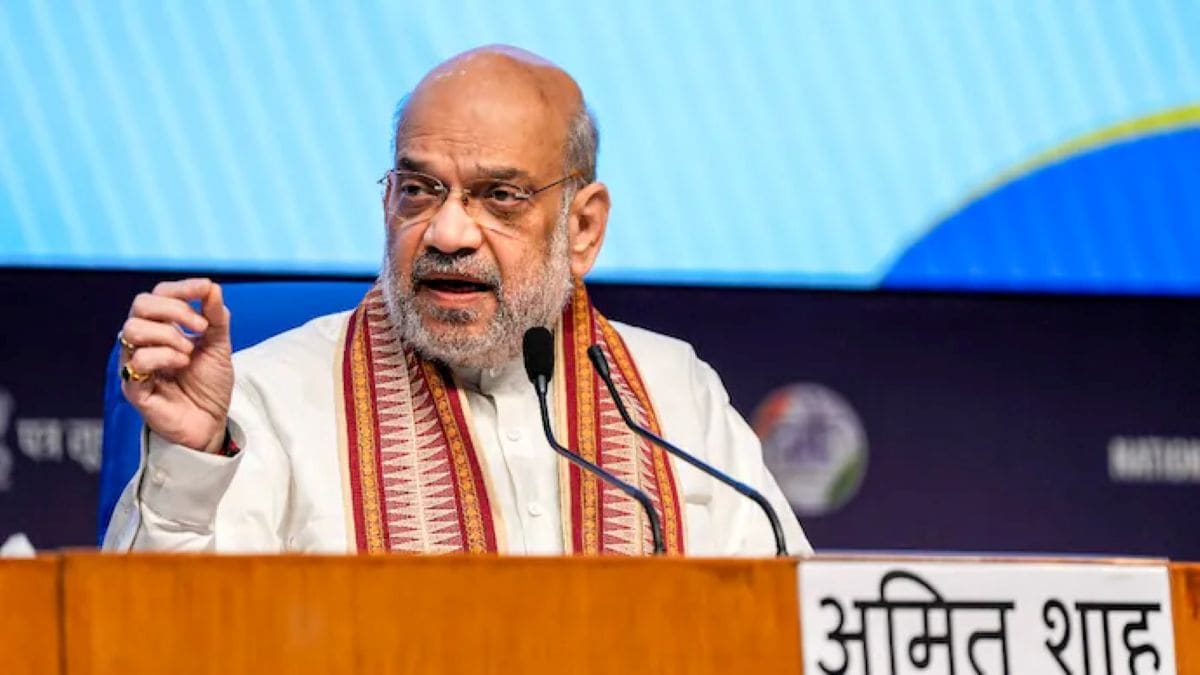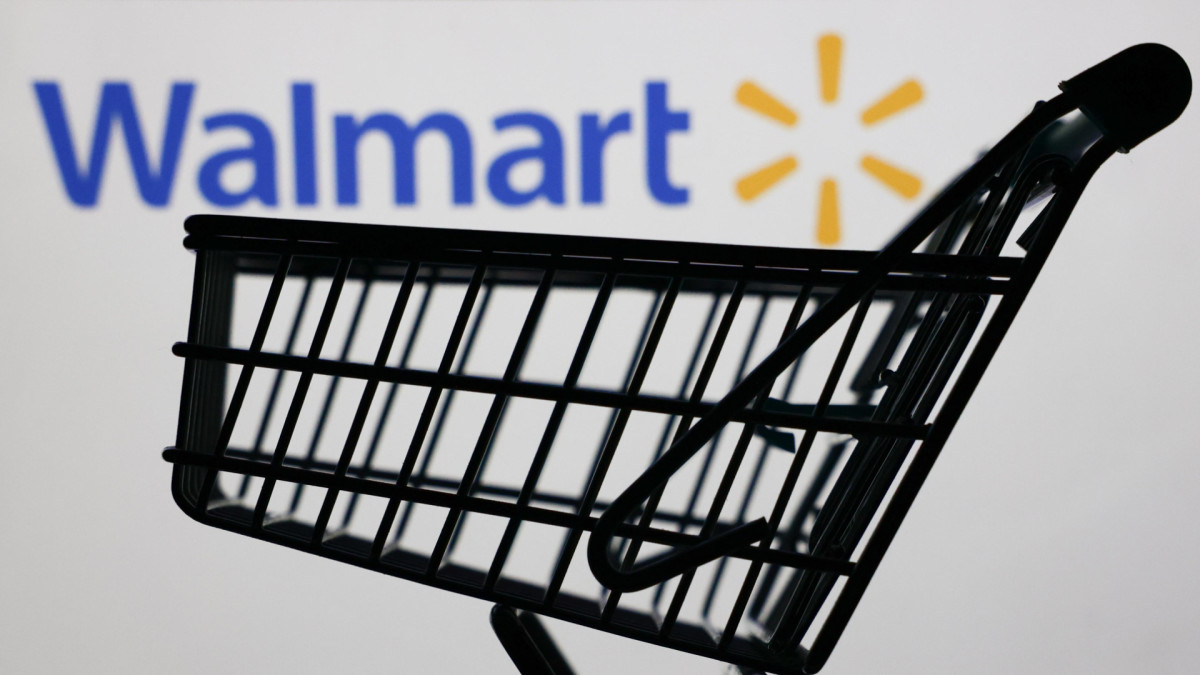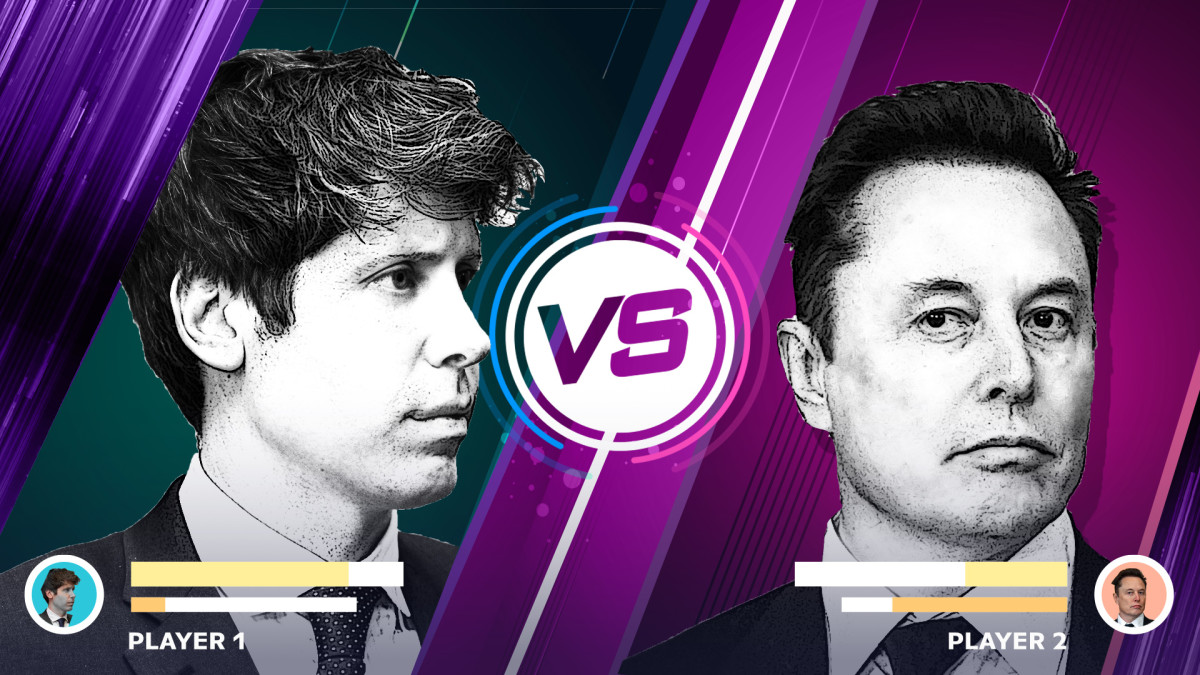History of Tesla & its stock: Timeline, facts & milestones
To some people, they make fancy toys for the smug rich. Others think they're going to save the world. Either way, you've almost certainly heard of a little company called Tesla.

For the right kind of person, usually someone with a particularly active X (formerly Twitter) feed and a dozen open Reddit tabs, Elon Musk is going to save the world. Tesla is how.
To others, Musk is a megalomaniac whose intelligence is overstated and whose success is due in large part to his generational wealth and the work of his various companies’ engineers.
In any case, Tesla is a highly influential company, and it dominates the U.S. electric vehicle market, formerly with a market share of over 50%, although it has since fallen to around 46%, according to CarEdge.
Its stock is also incredibly popular among retail investors and institutional investors alike. As of mid-September 2025, Tesla was among the most traded stocks on the Nasdaq exchange, both in terms of share volume and dollar volume.
Here’s everything you need to know about the company and its more than two-decade history, including a year-by-year timeline of important events (second-to-last section in this article).
Related: Elon Musk’s net worth: Setbacks on the road to trillionaire status
The founding of Tesla
Tesla was founded in 2003 by engineers Martin Eberhard and Marc Tarpenning in San Carlos, California. It was originally called Tesla Motors, a name the company would truncate in 2017.
The company was named after the 19th-century inventor Nikola Tesla, best known for discovering the properties of rotating electromagnetic fields. His work led to what is known as "alternating current," a form of electrical transmission used in most households today. (This was as opposed to the far less efficient system called "direct current" favored by Thomas Edison). (Gary Reyes/ Mercury News) (Photo by Gary Reyes/MediaNews Group/Mercury News via Getty Images)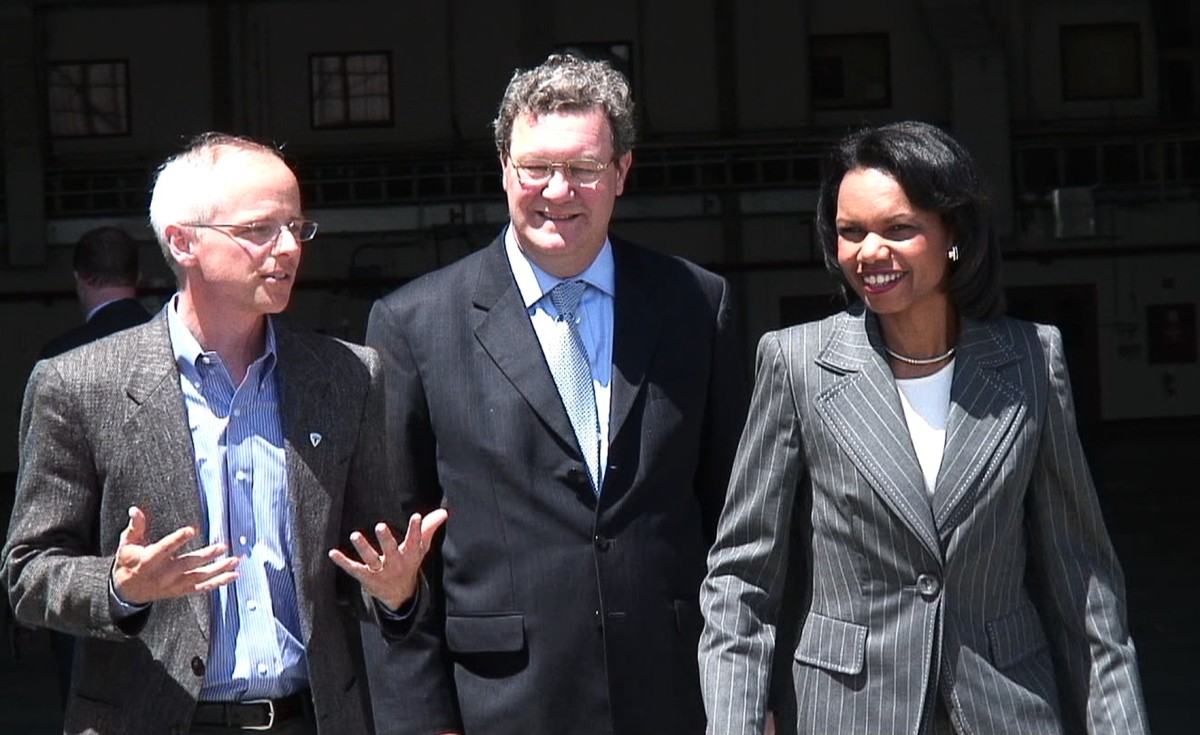
When Tesla was founded in 2003, Eberhard served as its CEO, and Tarpenning served as CFO. They launched their company to develop and produce an entirely electric car after observing the favorable reaction test markets had to General Motors' previous electric car experiment, the EV1.
Although GM only ran this program from 1996 to 1999, producing a limited run of cars that it never released for public purchase, it was generally considered successful from an engineering standpoint. Eberhard and Tarpenning wanted to build upon that success.
Although Musk has long been the face of Tesla, he did not join the company until 2004. He invested $30 million into the startup and became the chairman of its board of directors.
Related: The 30 most reliable car brands in 2024, according to Consumer Reports
Tesla's early years and the Roadster
Originally, Eberhard and Tarpenning dreamed of building an entirely electric sports car. In 2006, they unveiled the prototype for their Tesla Roadster, which entered production in 2008.
With the Roadster, Tesla achieved something that no company ever had. They produced an entirely electric car with practical specifications that could arguably meet consumer needs. Previous experiments in this field had failed because, among other issues, companies struggled to produce a battery powerful enough to keep cars on the road and a cost-effective motor that could fit inside a consumer vehicle and accelerate it to highway speed. Glenn Koenig/Getty Images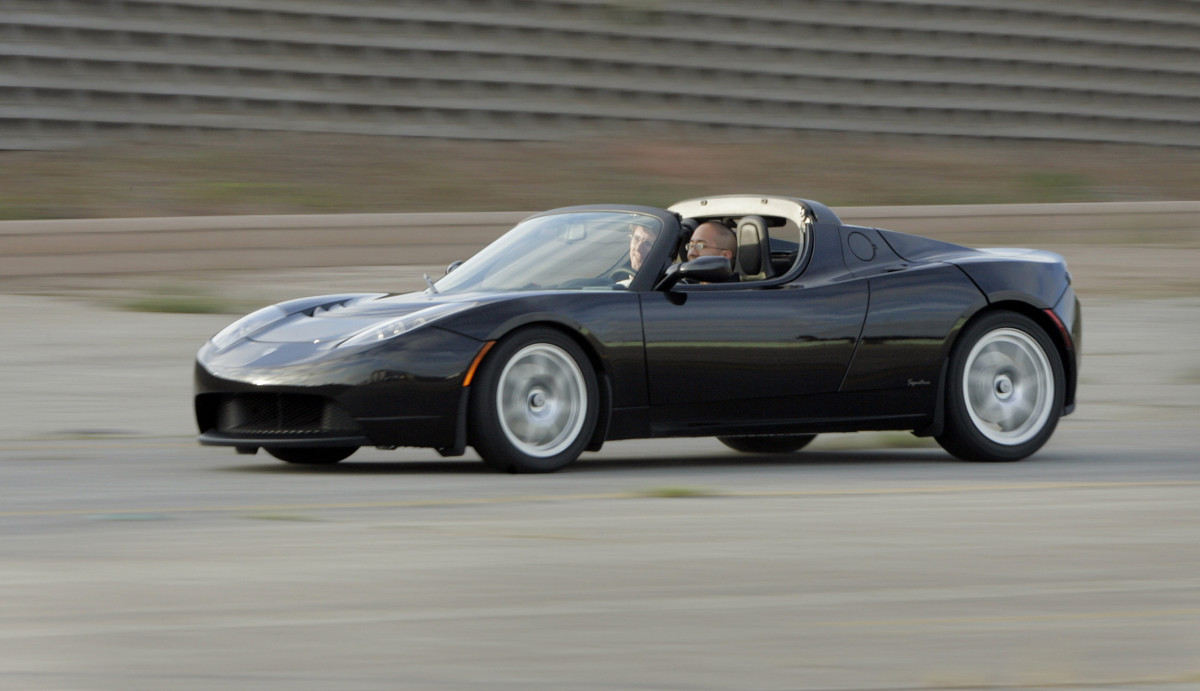
The Roadster met those criteria. The first model, produced in 2008, could travel almost 250 miles on a single battery, with acceleration and top speed comparable to many consumer-level sports cars. The Roadster used a standard lithium-ion battery structure, common to many electronic devices, and customers could recharge the car via a standard wall outlet.
This did not, however, make the Roadster a widely viable consumer product. Upon its release, the car cost a little more than $100,000, pricing most consumers out of the market. Further, the company immediately ran into the problem of charging time. The original Roadster could require between 24 and 48 hours to recharge on a standard home outlet.
Charging time remains one of the biggest problems with electric cars today. While Tesla has dramatically improved its technology in this regard, charging can still take a while, though the process is relatively fast when a higher kilowatt charger is used. Still, even a 15-minute, 200-mile charge time via a Tesla supercharger can’t compete with the 1–2 minutes it takes to refill a normal car with gasoline.
More histories and timelines:
- History of Nike: Company timeline and facts
- Bitcoin's history: A timeline of milestones, highs, & lows
- An in-depth timeline of the GameStop short squeeze
- A history of Reddit: From “front page of the internet” to billion-dollar valuation
Changing leadership and controversy
During 2008, Tesla also made significant changes to its leadership team.
In 2007, Eberhard resigned as CEO of Tesla but remained a member of the company's advisory board. He was succeeded first by Michael Marks, a Tesla investor who served as temporary CEO. Ze'ev Drori then took over as Eberhard's permanent replacement in November. Bloomberg/Getty Images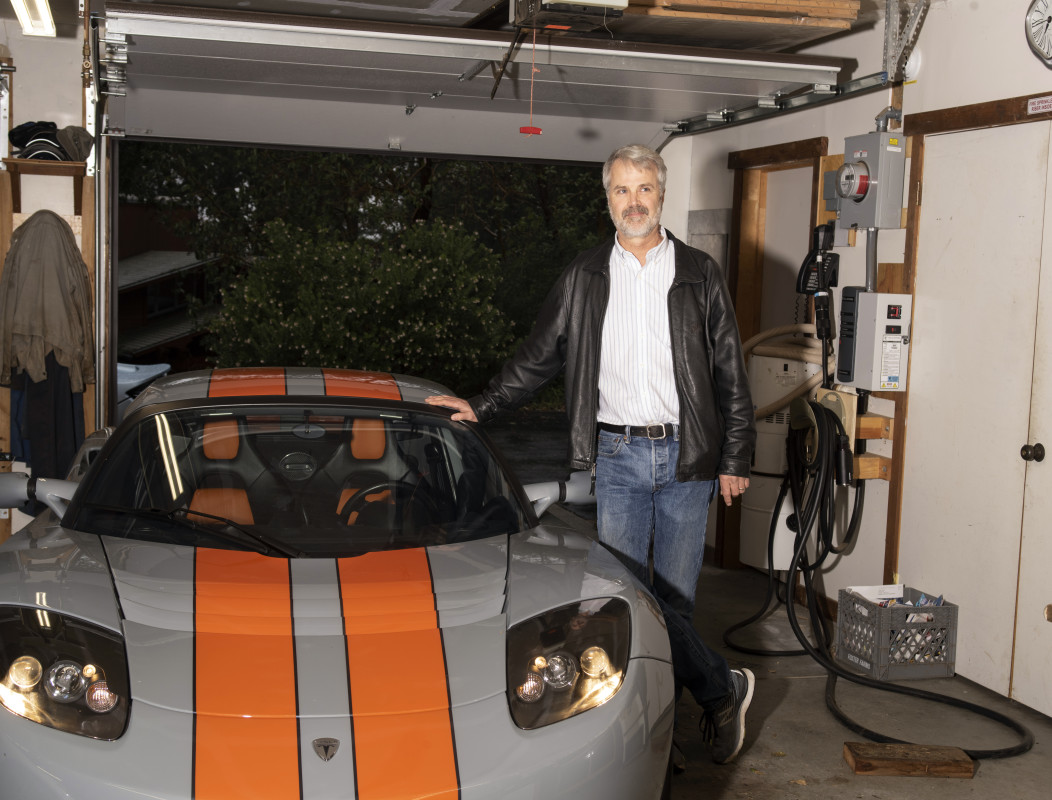
Drori is often credited with turning the Roadster from a prototype into a viable product. When he took over in 2007, the project lagged, and much of the reporting on Tesla focused on whether the company could deliver its flagship (and only) product to market. Drori oversaw the successful launch of the Roadster in 2008.
However, shortly before their company shipped its first automobile, Roadster Number 1, to Elon Musk, co-founders Eberhard and Tarpenning left Tesla entirely. Not long after, in October 2008, Musk took over as CEO and fired 25% of the company's staff.
This transition did not happen without controversy. Eberhard and Tarpenning alleged that they were forced out of the company that they founded, and in 2009, Eberhard sued Tesla and Musk for libel and slander, among other things.
He alleged that he had been forced out of the company and that the delays and financial problems associated with the Roadster had been unfairly blamed on his leadership. Eberhard dropped his suit later that same year.
Related: The most startling corporate bankruptcies of 2025 (so far)
The company’s survival and modern times
Despite the 2008 launch of the Roadster, by 2009, Tesla faced significant financial problems. The company had less than $10 million in cash on hand, potentially less than it needed to even deliver on the cars it had already sold. In May of that year, Daimler AG bought a 10% stake in the company for $50 million. A subsequent $465 million loan from the Department of Energy in June gave the company the working capital it needed to survive. In August of the same year, the company relocated its headquarters to Palo Alto.
The company found a more stable solution for its short-term capital concerns when it went public in 2010. Opening on the Nasdaq at $17 a share (not adjusted for stock splits), Tesla raised $226 million in its IPO.
In 2008, Tesla also announced its first attempt to lower the cost of its products. The Model S sedan would retail for $76,000, which was three-quarters of the price of the Roadster.
The modern face of Tesla arguably began in 2011 when the company unveiled its Model S prototype. While still a luxury sedan, the Model S was Tesla's first step toward the mainstream consumer market (and away from the specialized sector of sports car drivers). The car went into full production in 2012.
The Model S was critically successful. It received awards from several automotive and environmental publications and, like the Roadster before it, set new benchmarks for what an electric vehicle could achieve. Among other critical advances, the Model S had a range of up to 300 miles and a reduced charging time. By the end of 2012, Tesla discontinued the production of the Roadster to focus on its new line of sedans.
In 2012, Tesla also opened its first freestanding charging stations, called Superchargers. It began with six locations in California and, as of this article's last update, has expanded to operate more than 70,000 worldwide. These locations offer free charging to Tesla owners, faster than using a common wall outlet.
In 2013, the company made its first quarterly profit and announced its Gigafactory in Nevada the following year. This facility makes the batteries that power its devices and is considered crucial to its entire business model. (It is also, by square footage, one of the largest buildings in the world.)
Tesla continued to expand its ambitions. In 2015, the company announced a new line of solar energy products designed to power homes and businesses through rechargeable batteries. By 2017, Tesla had changed its name from "Tesla Motors" to its current name "Tesla, Inc." to be more inclusive of the new scope of its products. Musk, in several public writings and statements, said that he would like the company to eventually become an energy solution across many sectors.
Continuing its push into the mass consumer market, in 2016, Tesla announced its Model 3 sedan. This would be the company's first car targeted at a mainstream market, with a price point below $70,000. Musk, arguably, got overexcited about the release of this product and announced that the company would deliver up to 200,000 vehicles in the second half of 2017 — four times as many as Tesla actually produced.
While Musk had been known for making sweeping public statements, this was the beginning of several postings online that would get him and the company into trouble. Just like any dutiful CEO, Musk was focused on turning a profit, and he would often sleep at factories to serve as an example of doing whatever it took to meet a target.
Still, there were challenges. Automation is key to the production process and Tesla’s ability to assemble thousands of cars a day, but bottleneck issues at its Fremont, California, factory and its Nevada battery plant in 2017–18 led to what was known as “production hell.”
Manufacturing beyond the U.S. is also important to gain a foothold in the international EV market, and a strategic global expansion included setting up Gigafactories in China, Germany, and the Netherlands.
As of mid-2024, Tesla was continuing to diversify its fleet of sedans and SUVs with the Cybertruck, the reintroduction of its Roadster sports car, and a driverless car known as Robotaxi. Musk told workers that they may need to sleep at the factories to make the next-generation EV, set for production in 2025.
Related: Top 10 electric SUVs that aren’t Tesla, based on Consumer Reports data
Financial and legal troubles
Entering 2018, Tesla faced several difficulties. Missed projections led investors to dump the company's stock, and in the middle of 2017, it lost more than 5% of its value in a collapse worth $12 billion.
By January 2018, Tesla was producing its Model 3 sedans at a fraction of the rate it had anticipated. Over a three-month period, the company managed to finish and ship 2,400 cars after promising consumers and investors that it could complete more than 5,000 per week.
The company claimed that many of these problems came from its supply chain, which required it to inefficiently source parts from around the world rather than build and assemble the cars in one place.
On Aug. 7, Musk tweeted that he planned to take the company private "at $420" and had secured funding to buy back Tesla's shares. This set off a round of active trading as investors raced to grab shares before the privatization buyback, elevating the company's stock price by 10% before trading was halted.
Tesla did not go private.
In September the Securities and Exchange Commission charged Musk with securities fraud based on his tweet, alleging that he had released false and misleading information that drove up the company's stock price. Despite rejecting the SEC's first offer of settlement after Musk threatened to resign from the company, Tesla and Musk eventually accepted the terms.
Tesla paid a $20 million fine. Musk did so as well and stepped down from his position as chairman of the company's board. He was replaced as director by Robyn Denholm, a board member of the company, but remains the CEO.
The Department of Justice has launched an investigation into Tesla to determine if it misled investors regarding its production capacities of the Model 3. In February 2019, the SEC filed a motion for contempt after Musk published a tweet regarding Tesla's production capacities. This led to an amendment to Musk and Tesla's original settlement that now requires active oversight of Musk's Twitter (now X) account by the company's attorneys.
From 2020 onward, Tesla continued to face scrutiny from regulators about its Autopilot feature.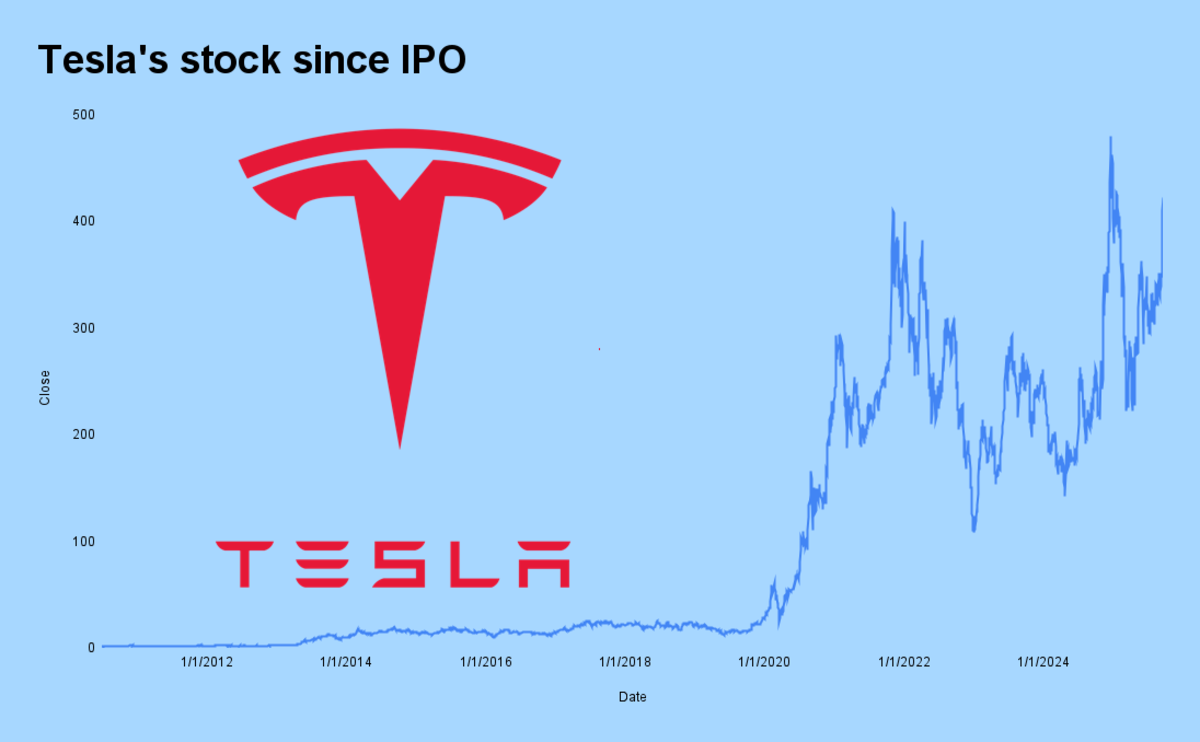
A comprehensive timeline of Tesla: 2003–present
2003: Tesla Motors is founded by Martin Eberhard and Marc Tarpenning in San Carlos, California. They serve as its CEO and CFO, respectively.
2004: Elon Musk invests $30 million and joins Tesla as the Chairman of its Board of Directors.
2006: Tesla showcases the prototype for its first car, the all-electric Roadster.
2007: Eberhard resigns as CEO of Tesla. He is replaced by interim CEO Michael Marks.
Ze'ev Drori takes over as Tesla's permanent CEO.
2008: The Roadster enters production. Elon Musk receives the first vehicle produced.
Ze'ev Drori resigns as Tesla's CEO. He is replaced by Elon Musk, who remains CEO to this day.
Tesla announces its plans for the Model S sedan.
2009: Eberhard files a lawsuit against Tesla and Musk alleging that he was forced out of the company and that Musk had taken credit for creating a company that Eberhard and Tarpenning built. He drops the suit later that year.
Facing financial troubles, Tesla seeks investment from Daimler AG and a loan from the Department of Energy.
Tesla relocates its headquarters to Palo Alto.
2010: Tesla goes public, raising $226 million in its IPO.
2011: Tesla showcases the prototype for its Model S, the company's first sedan.
2012: The Model S sedan goes into full-time production.
Tesla discontinues production of the Roadster.
Tesla launches its first Supercharger charging stations with six locations in California.
2013: Tesla posts its first quarterly profit.
2014: Tesla announces its Nevada Gigafactory, where the company will manufacture the batteries for all of its products.
2015: The company enters the solar power market, announcing a line of products to power homes and businesses based on a combination of solar panels and batteries.
2016: Tesla announces plans for the Model 3 sedan, its first car aimed at a mass market.
2017: Tesla Motors changes its name to Tesla, Inc. This remains the company's name to this day.
2018: Tesla misses quotas for the Model 3 sedan, producing over a three-month period less than half of what it had forecast it could produce in one week.
Musk announces on Twitter that he plans to take the company private at $420 per share and that he has already secured the funds to do so. He does not follow through. This leads to a flurry of trading that drives up the price of Tesla's stock.
The SEC charges Musk with securities fraud.
Musk and Tesla accept a settlement from the SEC. Musk pays $20 million and steps down as the Chairman of Tesla's Board of Directors. He is replaced by Robyn Denholm. Tesla also pays $20 million and agrees to oversee Musk's Twitter (now X) account.
The Department of Justice begins an investigation into whether Tesla misled investors about its Model 3 production capacity.
Tesla lays off workers as it aims to reduce costs to produce a $35,000 vehicle it can sell. This is the first round of layoffs in what becomes a recurring move to keep costs in check.
Tesla operates 378 stores and service centers by the end of 2018
2019: The SEC seeks a contempt order after Musk makes a Twitter announcement regarding Tesla's production capacity. The settlement is revised after a judge finds that Tesla has conducted no oversight of Musk's Twitter activity.
Musk and Tesla unveil the "Cybertruck," an electric six-seater pickup truck with an entry-level price tag of $39,900. Musk later claims that Tesla has gotten 250,000 orders for the Cybertruck.
Musk threatens to shutter stores and go strictly online for sales in push to lower costs, only to reverse that decision a month later.
Tesla delivers its first cars made in China, in a shift of focus to the world’s most populous nation as the $7,500 federal tax credit for its cars ends in the U.S.
2020: On a string of strong quarterly profits and analyst upgrades, Tesla stock surges, eventually reaching over $235 (adjusted for stock splits) by the end of the year. It becomes the most valuable U.S. automaker with a market capitalization exceeding $100 billion in January, and then $250 billion in July. Its $400 billion August 2020 market value vaults it past Toyota Motor as the world's most valuable automaker.
Musk unveils plans to start volume production on an all-electric semitrailer truck. (Three years later, he says production isn’t likely to ramp up until the end of 2024.) At the same time, Tesla plans a fourth vehicle assembly factory outside Austin, Texas.
In August, the stock price surge pushes Tesla to a 5-for-1 stock split.
Musk suggests production of a $25,000 electric car using cheaper but more powerful batteries.
Tesla reports record quarterly deliveries in the third quarter ending September at 139,300 vehicles.
In December, Tesla — with stock up more than eightfold in 2020 and a market value exceeding $650 billion — joins the S&P 500 Index. Tesla outlines a plan to sell $5 billion in new stock at market price over time.
2021: Tesla’s stock continues to surge and pushes Musk’s net worth to $195 billion, moving him past Amazon founder Jeff Bezos. In early January, the company reports its first annual profit for the 2020 year.
In February, Tesla issues a recall on 135,000 vehicles for touch-screen failures.
Tesla buys $1.5 billion in bitcoin and states that it will accept bitcoin as payment for its cars and other products. The company reverses its decision in May, citing the need for cryptocurrency mining to use “more sustainable energy.”
Tesla’s U.S. production is temporarily halted as the supply chain is affected by COVID-19. A shortage of semiconductors affects the auto industry, but Tesla says it weathered through the chip crisis by focusing on chips that performed specific tasks.
Tesla delivered 184,800 vehicles globally in the first quarter, a record high and an increase of 2% from the end of the fourth quarter of 2020.
The SEC says Tesla failed to monitor Musk’s use of Twitter in 2020 by not letting the automaker’s lawyers approve of his Tweets before posting.
Tesla introduces the $130,000 Model S Plaid, a redesign of the Model S with a long range of 390 miles that can accelerate from 0 to 60 miles per hour in 2 seconds.
In October, Tesla gets a 100,000-vehicle order from Hertz Global Holdings (HTZ) . The company’s market value exceeds $1 trillion.
In November, Musk sells about $5 billion in Tesla stock as he exercises stock options that are part of his compensation. The sale comes as Tesla shares recently reached record highs, and have peaked at around $410, but the stock then moves downward. By the end of the year, Musk will have sold more than $16 billion in Tesla stock, with $5.7 billion of the proceeds donated to charities. For 2022, he donates $1.9 billion in Tesla stock.
Tesla relocates its headquarters to Austin, Texas, from Palo Alto.
2022: Tesla reports it delivered more than 936,000 vehicles around the world in 2021, an increase of almost 50% from the year before.
In April, Tesla shares tumble 12% on news that Musk pledged about a third of his Tesla stock – valued at around $60 billion — as collateral toward the acquisition of Twitter. He ends up selling $8.5 billion in Tesla shares after buying Twitter, and will sell almost $7 billion more in August. Some investors and analysts worry that the Twitter deal might distract Musk from his duties and responsibilities at Tesla.
The U.S. National Highway Traffic Safety Administration (NHTSA) starts an investigation into a fatal accident involving the Autopilot feature of a 2022 Tesla Model S and warns the company about incidents of unexpected braking. A fatal 2021 crash would be ruled to have occurred due to the driver’s excessive speed, driving under the influence, and failure to control the vehicle and not due to the Autopilot feature.
In June, Tesla raises prices by up to $6,000 on some electric cars in response to rising costs of labor and raw materials. Musk says its new factories in Texas and Germany are losing billions of dollars due to supply-chain disruptions and battery cell production that limit its ability to make more cars.
Global deliveries dropped in the second quarter, following a shutdown in China and supply-chain disruptions. Profit in the second quarter more than doubles from a year earlier but trails the record first quarter.
By October, Tesla’s stock declines more than a third since the start of the year, as it says it will just miss its 2022 target of increasing deliveries by 50% from the year before. Its shares lose 65% of their value overall in 2022.
Tesla recalls about 80,000 Model S and X cars in China over software and seat-belt issues. Still, sales of its cars built in China reach a record high.
2023: In the U.S., Tesla starts cutting the prices on some models by as much as 28% to attract new buyers as new federal tax credit limits based on a buyer’s annual income kick in. Still, it raises prices for its Model Y SUV.
By the second quarter those price cuts and lower costs lift profit by a fifth from a year before. Later in the year, Tesla reduces prices in China to stave off competition, but it won’t be enough as BYD, China’s biggest EV maker, overtakes Tesla in sales for the fourth quarter.
In October, Tesla releases to the public the Model 3 with a range of up to 421 miles on a single charge.
Tesla starts delivery in November of its long-awaited and much-anticipated Cybertruck, selling at a starting price of $61,000.
2024: Tesla starts the year poorly by recalling 1.6 million cars in China to fix a bug in its Autopilot software. By April, the NHTSA starts an investigation into whether Tesla’s recall of 2 million cars was enough to address safety concerns about its Autopilot feature.
A Delaware judge rules that Tesla’s board of directors unfairly approved of Musk’s $56 billion compensation package set in 2018. Tesla asks shareholders to approve the payout in a June 13 vote. Musk seeks to move Tesla’s incorporation from Delaware to Texas.
In February, Tesla opens its more than 15,000 Tesla Superchargers across the U.S. and Canada to Ford Motor Company F EV customers. Tesla also diversifies its fleet with the reintroduction of its Roadster sports car, expected in 2025, and a planned unveiling of the Robotaxi in August.
Tesla reports a 55% plunge in net income for the second quarter as it delivered fewer vehicles than the year earlier, citing production issues among its problems. Delivery of its Cybertruck has been slow to start, with cumulative sales at 3,878 units as of late April.
Tesla plans to lay off about 10% of its workforce — including 3,300 in California and 2,700 in Texas — due to declining sales and increasing competition. Xiaolu Chu/Getty Images
Tesla introduces improvements such as increasing torque and power for its Model 3 sedan, its second-best-selling vehicle after the Model Y.
Tesla issues a recall on some models, saying that “unknowingly driving a vehicle with an unlatched hood may result in the hood fully opening and obstructing the driver’s view.” Owners are instructed to update their software to fix the problem. This issue reportedly affected 1.85 million vehicles.
By the end of 2024, Tesla will issues more than a dozen recalls covering 5.1 million vehicles—representing 75% of total vehicles under recall for the year, based on data compiled by National Highway Traffic Safety Administration.
On Dec. 17, 2024, Tesla stock closes at $479.86—a record high. That represents a more than 300-fold increase from its first day of trading in June 2010. A $10,000 investment on the stock's first day of trading would now be worth $3 million. JOSEPH PREZIOSO/Getty Images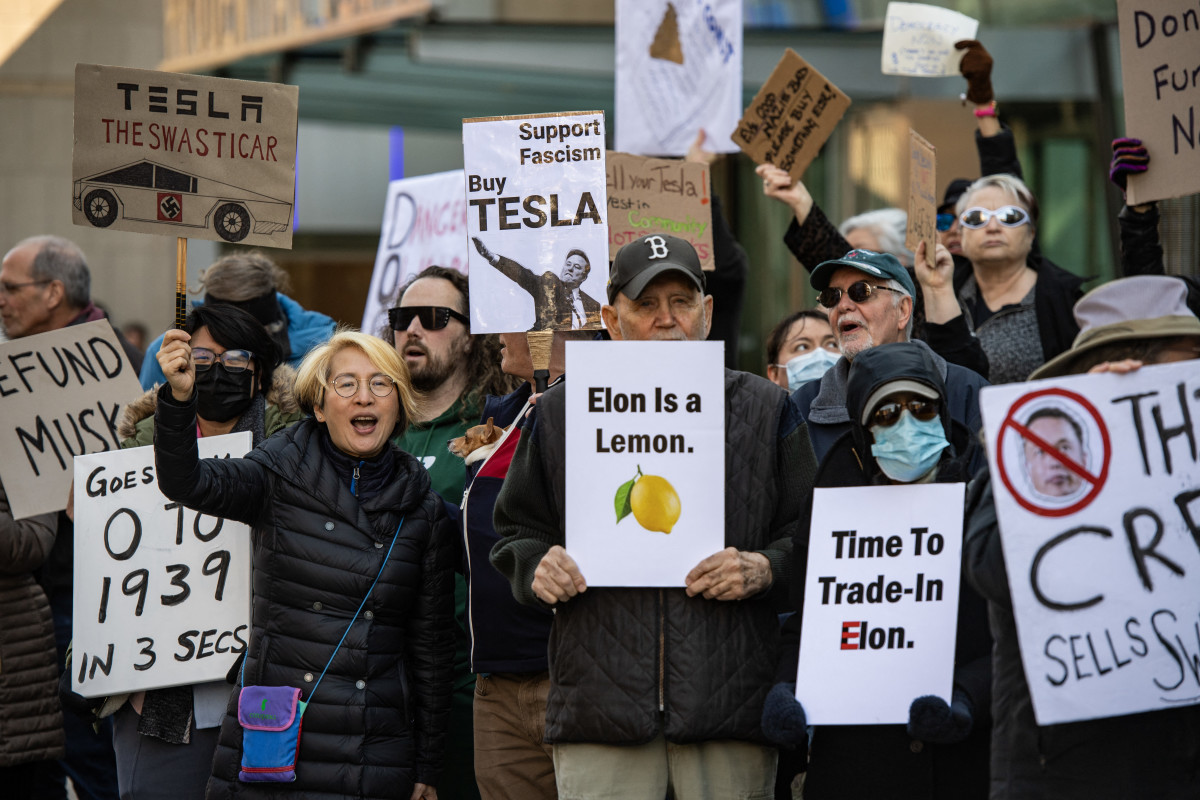
2025
Musk maintains his role as Tesla CEO but joins President Trump’s administration to set up the Department of Government Efficiency (DOGE) in January. The department's stated purposes are to cut government spending and to reduce the federal payroll.
In response to Musk's increasing political influence, widespread protests erupt at Tesla showrooms nationwide, and a Tesla boycott dubbed the "Tesla Takedown" gains traction, affecting the company's sales and stock price.
Related: 4 high-profile modern-day boycotts: Did they work?
In May, Musk steps down from work at DOGE—though his role was never clearly defined—to focus on Tesla.
Recalls continue at the start of the year. In January, Tesla says that for a small percentage of its vehicles, upon a vehicle power up, the car computer board may experience a short, resulting in the loss of rearview camera functionality. This reportedly affects around 240,000 vehicles.
Tesla’s sales of around 337,000 units in the first quarter ended March are the smallest by quarter since the second quarter of 2022.
In June, Tesla unveils a self-driving, e-hailing service known as Robotaxi. The Cybercab, its autonomous vehicle, will initially be driven by the Model Y, and services are expected to begin in the near future.
In September, Tesla’s board announces a pay-for-performance CEO compensation package that it says is “100% aligned with shareholders.” Musk would receive a total of 423.7 million shares if certain milestones were met over a 10-year period, including creating more than $7 trillion in additional market capitalization. As of mid-September 2025, Tesla has a market value of $1.3 trillion. The proposal is set for a vote at the 2025 annual meeting on Nov. 6
In September, Tesla reports that 1 million Powerwall units have been installed in 30 countries—a decade after the first installation. ODD ANDERSEN/Getty Images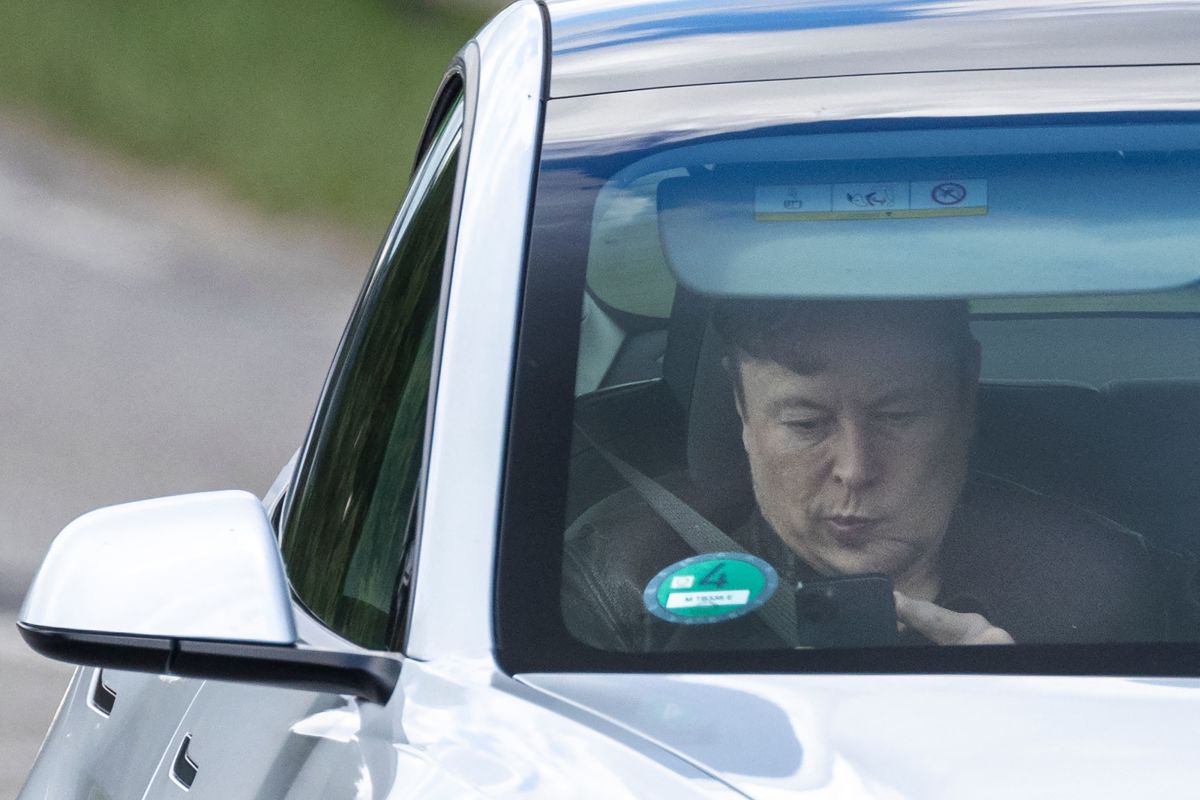
Is Tesla stock a buy?
Tesla’s stock had been on a steady rise from its first day of trading in 2010 through 2019, but it had been mainly held back by its inability to become profitable. Its stock surged almost 10-fold in 2020 after posting its first annual profit, as customers caught on to the electric vehicle boom, in which Tesla held the strongest position in the U.S. market.
Its market valuation climbed even further, surpassing $1 trillion in 2021, as net income climbed from $826 million in 2020 to $5.6 billion in 2021. Sales of its fleet of vehicles continued to do well, with net income more than doubling in 2022 to $12.6 billion, and then to $15 billion in 2023. It slipped to $7.1 billion in 2024.
An ambitious compensation CEO package for Musk proposed in September 2025 involves pushing Tesla's stock price up and bringing market capitalization to more than $8 trillion.
However, as the U.S. government tightened rules on federal tax credits and as the global economy started to cool, so did consumers’ perception toward purchasing EVs. Despite longer ranges on a single charge, Tesla was still being viewed as a luxury car maker, with the lowest-priced Model 3 going for about $40,000.
A pick-up in inflation and rising material costs have made it challenging for Tesla to produce an EV with a low price tag of $30,000 to $35,000. Concerns of the U.S. economy slowing down and consumers’ budgets stretched to the limit may make it even more challenging for consumers to buy Tesla vehicles.
With deliveries probably having peaked in past years, it may be difficult for Tesla to replicate such performance. Investors may respond in kind by moving the stock price in accordance with slowing sales and profitability. At the same time, Tesla faces challenges from growing competition. BYD of China, for example, overtook Tesla in the fourth quarter of 2023 as the world’s biggest seller of electric vehicles.
Still, it remains to be seen whether sales of its Cybertruck, the reintroduction of its Roadster, the release of its Robotaxi over the next year or so, and a next-generation EV will be enough to push Tesla back toward a path of stellar growth and profitability.
Related: These are the cities in the U.S. with the worst traffic
What's Your Reaction?



























